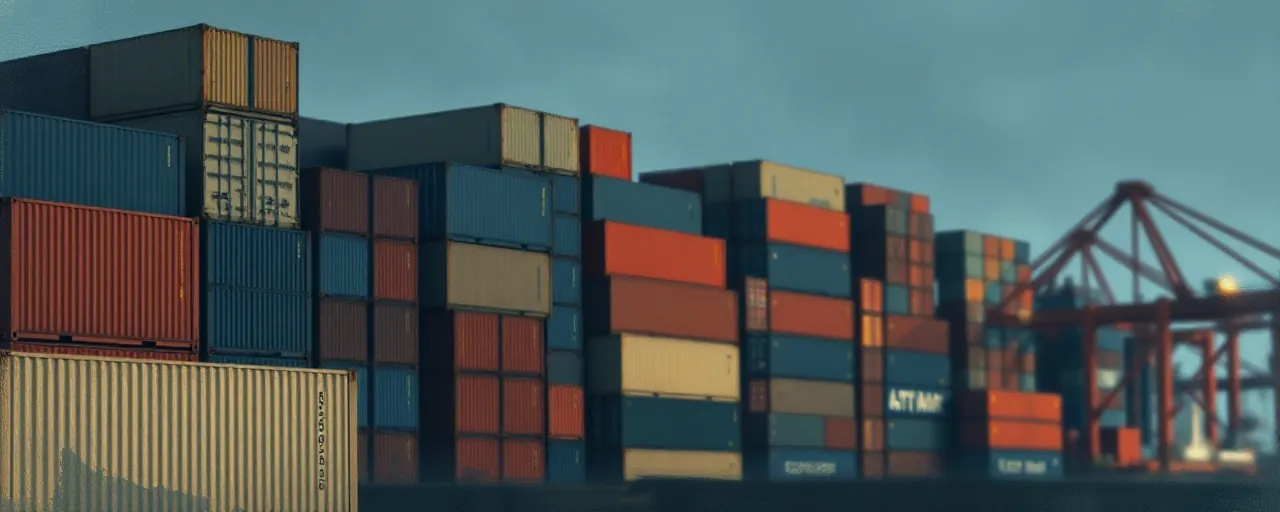A World in Flux
Global markets shuddered on April 4, 2025, as stock indexes plummeted for a second consecutive day. The trigger? A sweeping set of U.S. tariffs, announced by President Donald Trump, that caught investors and allies off guard with their scale. Speaking at NATO headquarters in Brussels, Secretary of State Marco Rubio faced a barrage of questions about the economic fallout and its implications for international relations. His responses underscored a bold U.S. stance: a push to reshape trade rules and assert American manufacturing might, even at the cost of short-term chaos.
The tariffs, including a universal 10% levy on imports and steeper rates on steel, aluminum, and automobiles, aim to jolt the global economic order. For everyday people, this could mean pricier goods, from cars to kitchen appliances, as companies scramble to adjust supply chains. Yet Rubio insisted the turbulence is temporary, a necessary shake-up to level a playing field he says has long favored nations like China over American workers.
Markets React, Economies Brace
Financial analysts paint a grimmer picture than Rubio’s optimism suggests. The Dow Jones and European exchanges like the FTSE 100 saw sharp declines, reflecting fears of a broader economic slowdown. Economists warn that these protectionist measures could shave up to 4% off U.S. GDP and 0.5% off global growth, as higher costs ripple through supply chains. Retaliation has already begun, with China hiking tariffs on U.S. goods by 34% and restricting rare-earth exports, a move that could choke tech and defense industries worldwide.
Across the Atlantic, European leaders worry about funding NATO commitments amid the economic strain. Rubio urged allies to boost defense spending toward a 5% GDP target, arguing that a stronger alliance hinges on capable partners. But with markets reeling, nations like Germany and France face a tough reality: balancing domestic recovery with military pledges. Historical echoes of the 1930 Smoot-Hawley Tariff Act linger, when similar policies sparked a trade war that deepened a global depression.
Greenland’s Future Hangs in the Balance
The Brussels talks weren’t just about trade. Rubio fielded pointed questions about U.S. intentions toward Greenland, a Danish territory eyeing independence. Denmark’s prime minister has decried any hint of American annexation as unacceptable, while Rubio countered that the U.S. respects Greenlanders’ self-determination. The stakes are high: Greenland’s mineral wealth and Arctic position draw interest from powers like China, which has already invested in its mining sector. A potential referendum in April 2025 could shift the geopolitical chessboard.
For Greenland’s 56,000 residents, independence promises control over resources but risks economic fragility without Danish subsidies, which cover half its budget. The U.S. sees a chance to secure a strategic foothold, though Trump’s offhand remark about not ruling out force if foreign powers encroach has rattled NATO unity. Analysts note that Greenland’s fate could either bolster Western influence or open the door to rival players, depending on how diplomacy unfolds.
Testing Peace in Ukraine
On the Russia-Ukraine front, Rubio offered cautious hope about ending a war that has dragged on since 2022. The U.S. is mediating talks, pushing for a full ceasefire after a partial one faltered amid mutual accusations of violations. Russia demands NATO halt its eastward push and address Russian minorities in Ukraine, while Kyiv insists on total troop withdrawal and security guarantees. Rubio stressed that the next few weeks will reveal Moscow’s sincerity, a timeline that aligns with Trump’s goal to notch an early foreign policy win.
Both sides have dug in. Ukraine accepted a U.S.-proposed 30-day ceasefire, but Russia balked, tying its agreement to a halt in military aid to Kyiv. Strikes on energy sites persist, clouding prospects for peace. British and French diplomats have accused President Vladimir Putin of stalling, a view Rubio didn’t fully endorse, preferring to wait for concrete actions. Past talks, like those in Turkey in 2022, collapsed over irreconcilable demands, suggesting this latest effort faces steep odds.
A Broader Reckoning
Rubio’s remarks reflect a U.S. administration intent on flexing muscle, whether through trade barriers or diplomatic gambits. The tariffs signal a retreat from decades of free-trade orthodoxy, a shift that could redefine alliances and economic blocs. NATO partners, already jittery about defense costs, now grapple with a trade landscape that threatens their export-driven economies. Meanwhile, the Greenland question tests the limits of sovereignty and superpower influence in a warming Arctic.
The Russia-Ukraine negotiations carry their own weight. A successful peace deal could ease global energy shocks and inflation, offering relief to households from Kyiv to Kansas. Failure, however, might escalate tensions, with Congress poised to tighten sanctions and allies bracing for a prolonged conflict. Rubio’s insistence on quick answers from Moscow hints at impatience with drawn-out diplomacy, a stance that could either force progress or harden divisions.
What Lies Ahead
The coming weeks promise clarity, if not calm. Markets will either stabilize as businesses adapt to new trade rules or spiral further if retaliation escalates. Greenland’s path, whether toward independence or deeper ties with a major power, will start taking shape with its elections. And in Ukraine, the world will see if Russia opts for peace or doubles down on war, a choice that could sway everything from oil prices to NATO’s eastern flank.
For people far from the negotiating tables, the stakes are tangible: jobs lost or gained, prices at the pump, safety in a tense world. Rubio’s Brussels appearance laid bare a U.S. strategy that’s unapologetic and ambitious, betting that short-term pain will yield long-term strength. Whether that gamble pays off remains an open question, one that ordinary citizens, not just policymakers, will ultimately feel in their daily lives.
